Campfire Cleaning – Using Wood Ash to Clean Your Pots
It doesn’t matter if you’re backpacking or bugging out, you’re limited in what you can carry. A backpack only has enough room for all your essentials, but it’s not the space that’s the big problem: it’s the weight. True backpackers pay a lot of attention to the weight of their gear and often pay much higher prices for premium camping gear just to save a few ounces.
Having spent time backpacking in my younger days, I can appreciate this. I couldn’t afford to spend much on camping gear, so I generally had worse quality stuff than my mates did. This meant two things: my pack was heavier and I carried less “extra” stuff along.
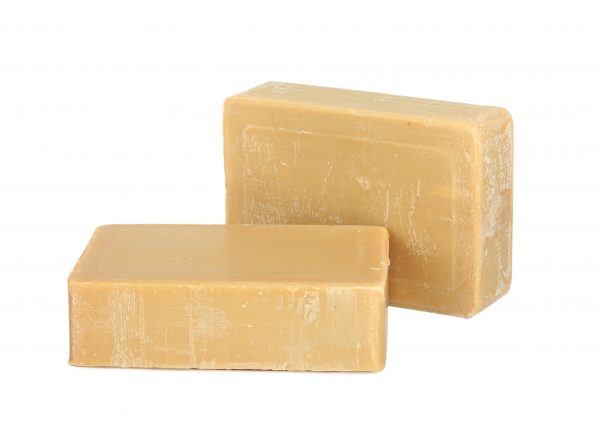
In the case of a bug out, that “extra stuff” might very well be some tools that you need. It could also mean carrying an extra day’s worth of food – something that’s well worth doing. You want to find every way you can to cut weight, such as by using things that nature provides instead of having to carry them along with you.
One of these things is soap. While it’s normal to carry soap on a backpacking trip or bug out, you can only carry so much. I usually limit myself to the small bars you find in hotel bathrooms, but that doesn’t mean that I’m without soap when I’m in the wild. I make it as I go – the same way that explorers have for centuries.
All You Need is Lye and Fat
We’ve all heard that oil and water don’t mix, but soap is the exception to that rule. Soap is made by a chemical reaction between fats and lye, called “saponification.” The molecule produced will bond with fats at one end and with water at the other end, allowing water to be used as a solvent for fats and making it possible to clean our oily pots and pans in water.
In colonial and pioneering times, people generally made their own soap and usually made enough to last for several months at a time. They couldn’t go to their local home improvement center or hardware store to get lye for it; they had to improvise. Their source of lye was wood ash.
Wood ash doesn’t provide the same sort of lye that you buy at the hardware store; that sort of lye is actually sodium hydroxide.
What you get from wood ash is potassium hydroxide. While it will make adequate soap, it won’t be the same as what you make a home – assuming you’ve done that before. Instead, it will be softer, oilier, and won’t give you a lot of lather. It will, however, still clean your pots.
Like any lye-based soap, this soap is going to be rather harsh. It’s likely to dry out your skin and can even burn you. As you probably won’t have rubber gloves with you, caution is advised. Be ready to rinse your hands off as needed, even if it is in unpurified water.
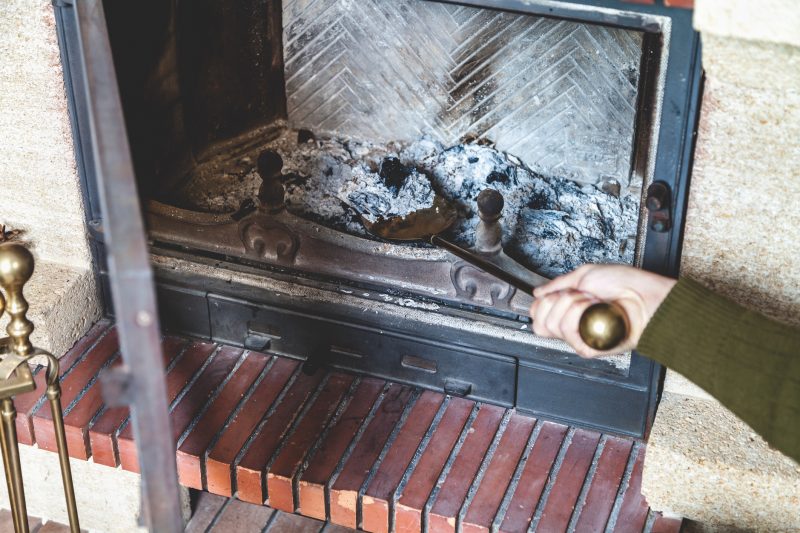
For the fat, you can use whatever fat you have available. The general idea here is to use whatever fat is left over in the bottom of your pots or pans. So, start out with your oiliest or greasiest pan and use that to make your soap. Once you scrub out that pan, you can transfer the soap to other pans to continue using it.
If you don’t have a pan with enough oil in it, dribble in a bit of vegetable oil or animal fat. If you’ve been cooking meat, you shouldn’t have a problem in this regard as you will have some fat already there to work with.
Making the Campfire Soap
You need good wood ash for this process. Avoid using softwood (pine) for your fire as it doesn’t provide enough lye for making soap. Use just about any type of hardwood, and allow it to burn long enough to produce a nice layer of ash in your fire pit.
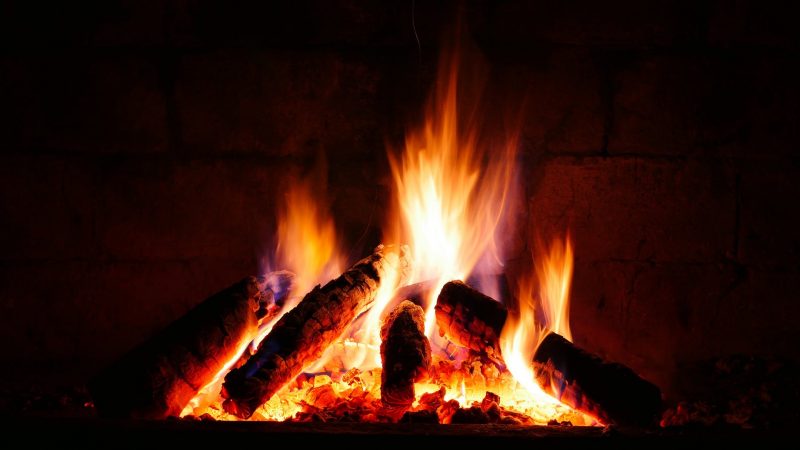
After cooking, warm enough purified water to wash your dishes. Then, scoop up some ashes and put them in the oiliest pan you’ve got. How much ash you need will be something you’re going to have to experiment with. I’d start out with half a cup or so and add more as needed. While you want your ashes to be as pure as possible, don’t worry too much about small chips of coals getting in there as they will act as an abrasive and help the scouring action.
Add a little hot water to the mix to allow the ashes to be made into a paste and mix with the oil. Once again, you’re going to have to experiment a bit. You don’t want too much water as your soap will go watery, but you need enough to thoroughly wet the ashes.
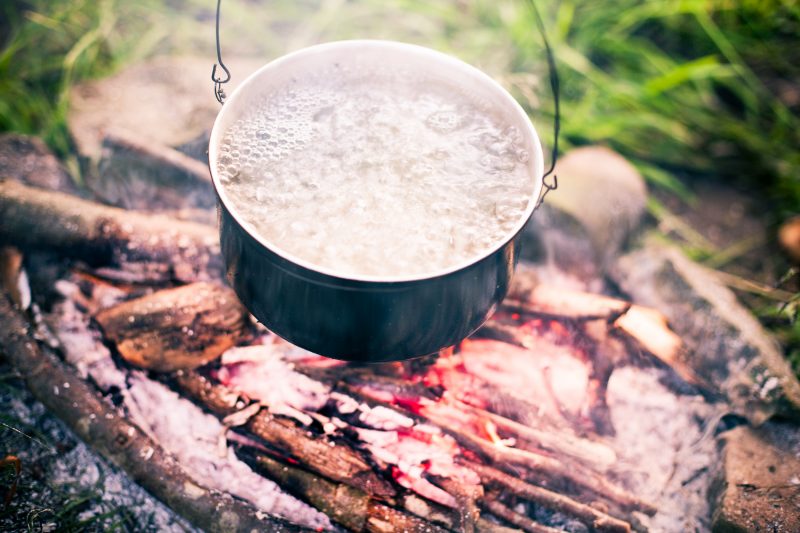
Mix the water, ash, and oil together with your hand, being mindful of the temperature of the mixture. As the reaction happens it could get hot enough to burn, so you want to be careful. This isn’t likely to happen with this crude a soap, but caution is still advised.
You will need to mix it for several minutes to get the chemical reaction to occur. If it gets too hot, use a serving utensil or clean stick to mix the ingredients together. They will gradually turn into soap, which you can then use to clean out your pots by transferring the soap from one pot to another as you get each one clean to get the most use out of it.
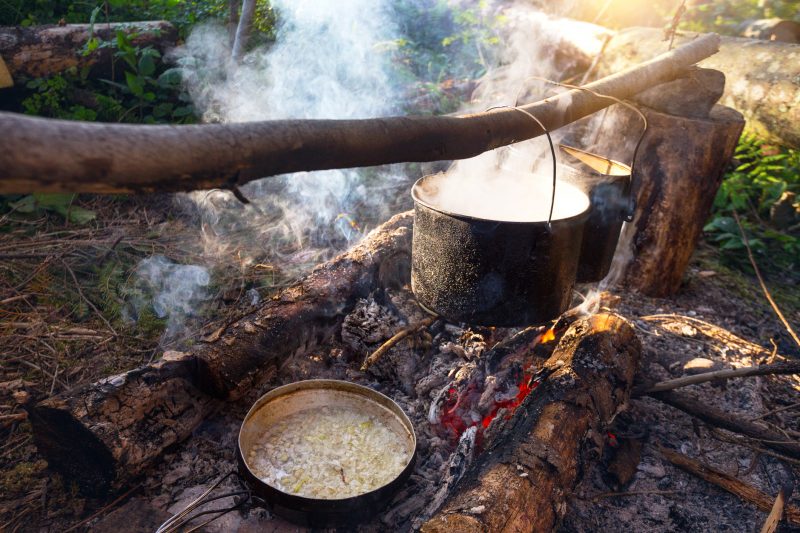
Be sure to rinse your pots out with purified water to remove the soap and not leave any microscopic pathogens behind. Don’t use naturally occurring water unless you have already tested it and know that it is safe for consumption.
A Couple of Precautions
As I’ve already mentioned, this soap can be rather harsh, so it is really not good for washing clothing or your body. To make soap for that, you’d need to leech the lye out of the wood ashes, which would be done in a leaching barrel. This will produce lye that is pure enough for making hand soap.
Whenever you are washing dishes, you want to do so far enough away from any water sources that your soap and residue doesn’t get into the water source. This is because it can contaminate the water and kill water creatures. Try to stay at least 100 feet away from the water.





